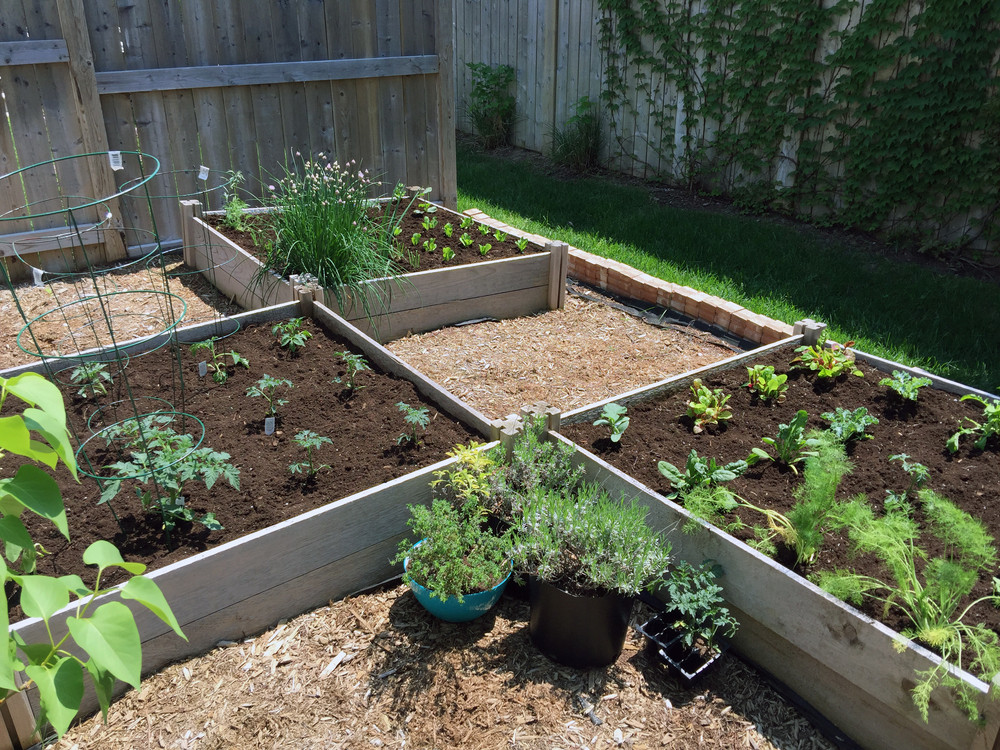5 Essential Gardening Tools

For anyone passionate about growing their own vegetables, having the right tools can make all the difference. Not only do they make gardening tasks easier and more efficient, but they can also improve the overall health and yield of your plants. Here's a look at five indispensable tools every vegetable gardener planner should own.





